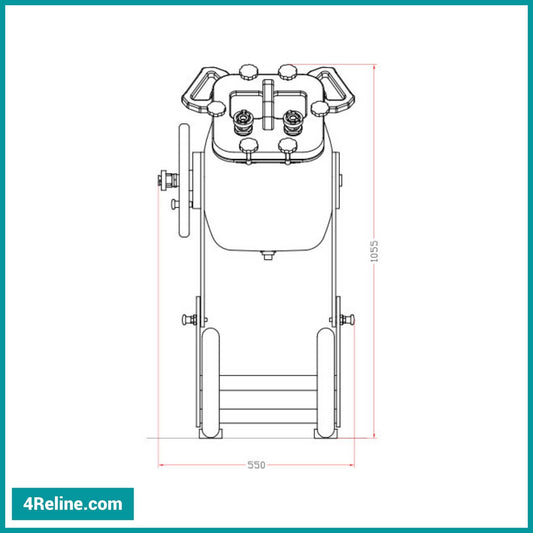Guide to Cut-Resistant Gloves and Their Protection Levels
Cut-resistant gloves are essential for anyone working with sharp objects, offering protection against cuts, punctures, and abrasions. At 4Reline.com, we provide a wide range of cut-resistant gloves classified under the EN 388:2016 standard that is the most widely used European standard for protective gloves.
Understanding EN 388:2016 Classification
EN 388:2016 tests gloves for five types of mechanical protection:
Abrasion Resistance: Rated 1 to 4 based on how many cycles the glove can withstand before wearing through.
Cut Resistance (Coup Test): Rated 1 to 5; measures how many cycles are needed to cut through the glove with a rotating blade.
Tearing Strength: Rated 1 to 4; measures the force needed to tear the material.
Puncture Resistance: Rated 1 to 4; measures the force needed to pierce the glove with a sharp object.
Cut Resistance (TDM Test – ISO 13997): If the material dulls the knife during the coup test, the TDM test is used instead. Rated A to F based on Newtons (N) of force required to cut through.
Impact Protection: Optional; indicated with a P if the glove meets impact resistance standards.
TDM Test Results (ISO 13997)
The TDM test provides a more accurate measure of cut resistance for modern high-performance materials:
| Level | Cut Resistance (Newtons) | Protection Level |
|---|---|---|
| A | 2 | Light Protection |
| B | 5 | Protection from Small Sharp Objects |
| C | 10 | Moderate Cut Protection |
| D | 15 | High Protection |
| E | 22 | Heavy Duty Protection |
| F | 30 | Maximum Protection |
How to Choose the Right Gloves
- For light-duty tasks → Class A or B
- For handling sharp edges → Class C or D
- For heavy-duty work → Class E or F
Why Cut-Resistant Gloves Matter
High-quality cut-resistant gloves improve safety and efficiency, reducing the risk of workplace injuries. At 4Reline.com, we stock gloves that meet the latest EN 388:2016 standards, ensuring both protection and comfort.
Explore our cut-resistant gloves at 4Reline.com.











